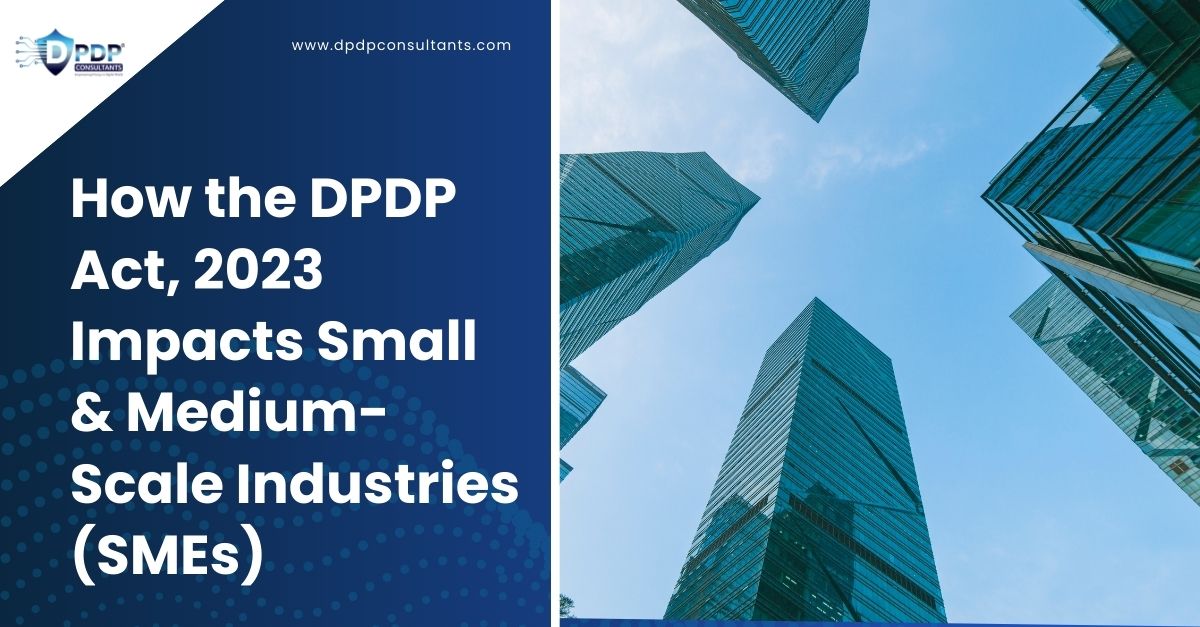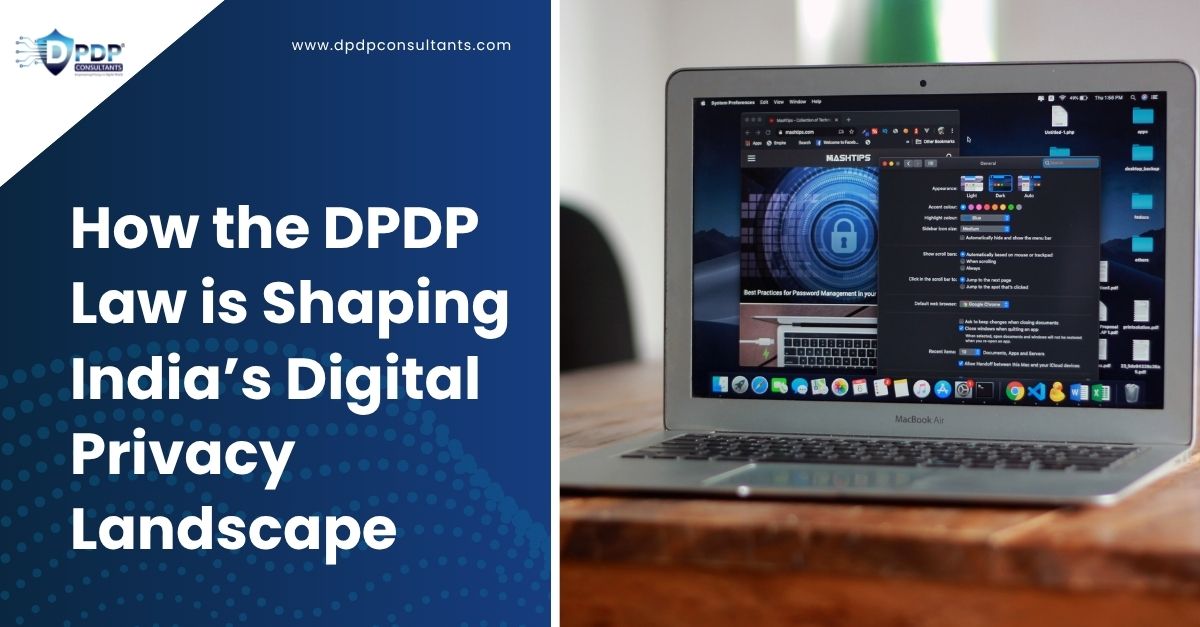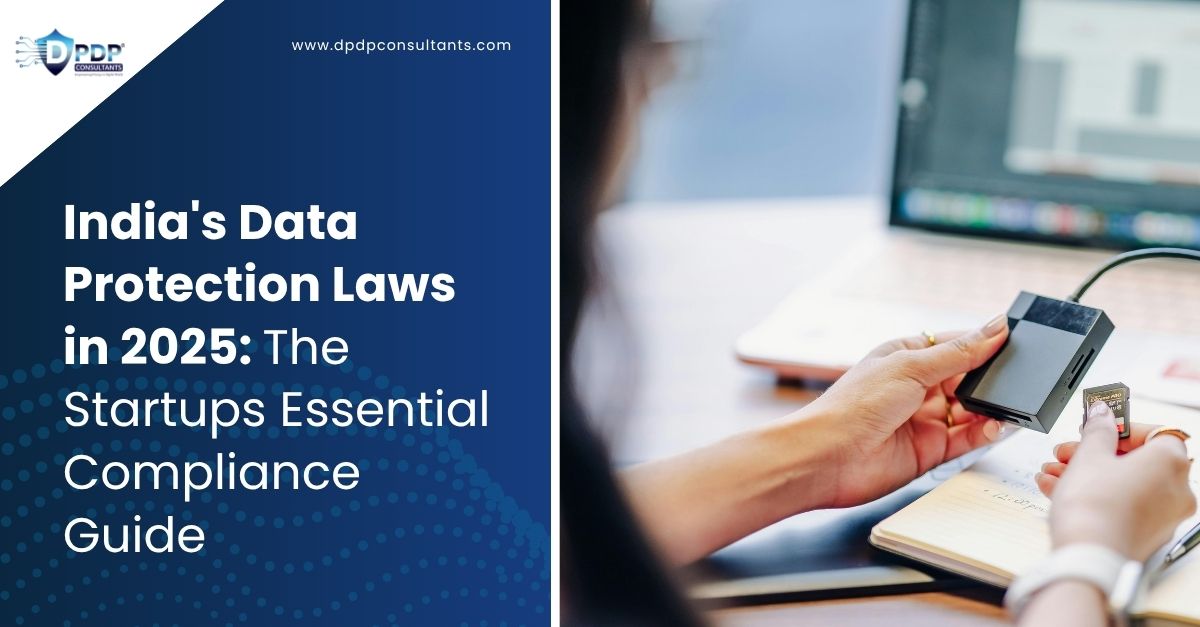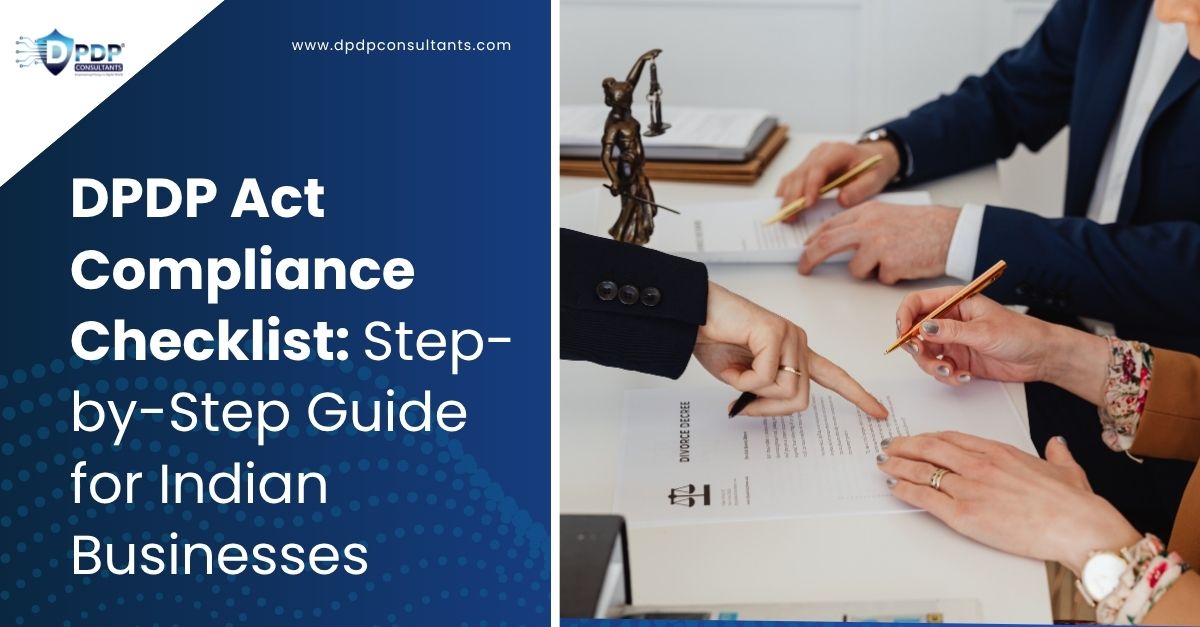As India ushers in a new era of data protection with the enactment of the Digital Personal Data Protection Act (DPDPA), 2023, the concept of valid consent takes centre stage. Under this legislation, consent is no longer a formality but a core pillar of lawful data processing. Organizations are now obligated to adopt robust, auditable, and purpose-specific consent management mechanisms to remain compliant.
This article examines critical operational questions that organizations must address to align their consent practices with the new legal requirements and evolving expectations of data principals.
One of the key concerns for organizations is the validity of previously collected user consents. Under the DPDP Act, valid consent must be:
- Free (without coercion),
- Informed (based on a clear notice),
- Specific (linked to the stated purpose), and
- Unambiguous (requiring affirmative action).
If consent was previously obtained through passive mechanisms (e.g., pre-ticked checkboxes or bundled terms), it may not meet the statutory threshold.
Recommended Action: Conduct a consent audit to determine which records meet current requirements. Where gaps are identified, organizations should initiate a process to obtain fresh consent that aligns with the Act’s stipulations.
Consent must be treated as a living permission—capable of being reviewed, withdrawn, or re-established at any time. Static, one-time consent models are insufficient.
Key Considerations:
- Implement real-time tracking of consent status across platforms.
- Design systems to capture and reflect updates in user preferences immediately.
- Maintain detailed records of consent actions with time stamps for traceability.
To determine whether an existing consent mechanism aligns with the DPDP Act, organizations should ask:
- Does the consent process include a clear, purpose-specific notice?
- Is the affirmative action of the data principal recorded and logged?
- Can users withdraw consent easily, and are systems in place to act on that withdrawal?
If the answer to any of these is "no," compliance gaps likely exist that require remediation.
Obtaining new, compliant consent can pose UX challenges, particularly for digital platforms. However, compliance need not disrupt usability if designed thoughtfully.
Best Practices:
- Integrate consent requests seamlessly into onboarding or service interactions.
- Use plain, non-legal language to explain purposes.
- Offer "granular consent" options, allowing users to approve specific types of data use.
Under the DPDP framework, organizations are obligated to map consent to clearly defined purposes and data categories. This allows for transparency, purpose limitation, and better control.
Implementation Tip: Develop a consent taxonomy that links:
- Purpose (e.g., marketing, customer support),
- Data types (e.g., name, email, device ID), and
- Legal basis (consent, legitimate use, etc.).
Such mapping enables organizations to validate consent when required and ensures adherence to the principle of data minimization.
Fresh consent must be sought when:
- The purpose of data processing changes substantially.
- New categories of personal data are introduced for collection.
However, not all updates to a privacy policy require re-consent. Only material changes that affect how data is used or processed necessitate a renewed request.
To demonstrate compliance, businesses must retain verifiable records of all consent-related actions. These may include:
- Timestamped logs of consent granted or withdrawn,
- A copy of the privacy notice displayed at the time,
- Method of consent (e.g., checkbox, voice, button click),
- Consent ID and metadata, where applicable.
Such documentation is vital in case of a dispute or investigation by the Data Protection Board.
Consent preferences must remain consistent across all digital properties—whether accessed via mobile, web, or other platforms.
Strategies:
- Use centralized Consent Management Platforms (CMPs) with cross-channel synchronization.
- Apply single-sign-on (SSO) or identity federation to link user consent across systems.
- Ensure that consent withdrawal on one platform propagates system-wide.
The Act guarantees users the right to withdraw consent at any time, and mandates the erasure of data where processing no longer serves its lawful purpose.
Operational Implications:
- Provide simple, accessible options to withdraw consent (e.g., settings, footer links).
- Build workflows for timely data deletion or anonymization.
- Maintain audit logs to show compliance with withdrawal and deletion requests.
Consent flows must be tailored to the nature of the relationship between the organization and the data principal.
| Stakeholder | Typical Data | Special Considerations |
|---|
| Employees | PAN, medical data, attendance logs | Consent plus employment contracts; ensure voluntary aspects are isolated. |
| Customers | Contact info, preferences, purchase history | Transparent consent linked to each business purpose (e.g., marketing). |
| Vendors | GST details, ID proofs, financials | Consent for storage, verification, and background checks. |
DPDPA encourages accountability through auditability. Organizations must maintain logs that allow them to report on:
- When and how consent was obtained,
- Current status of consent (active, withdrawn),
- Actions taken following a consent update or withdrawal.
Automated reporting capabilities significantly reduce the risk of non-compliance during an audit or regulatory inquiry.
Consent preferences must inform how customer data is processed in downstream systems like CRMs, email marketing platforms, and advertising tools.
Integration Tips:
- Tag records in the CRM based on consent status.
- Automate suppression of marketing communication if consent is withdrawn.
- Ensure synchronization between frontend consent and backend data workflows.
The DPDP Act requires organizations to view consent not as a checkbox to be ticked, but as an ongoing obligation that intersects with technology, legal accountability, and user trust. Businesses must operationalize consent across systems, user journeys, and data flows to ensure full compliance.
As enforcement of the Act begins, organizations that embed privacy-respecting practices into their core operations will be better equipped not just to comply, but to build long-term trust with their stakeholders.
Next Steps:
- Conduct a Consent Compliance Gap Assessment.
- Choose a Consent Management Platform (CMP) suitable for your size and industry.
- Update privacy policies and user interfaces to reflect DPDP-compliant consent models.
If you'd like support with implementing DPDP Act compliance or selecting the right tools for your organization, contact DPDP Consultants at info@dpdpconsultants.com.





